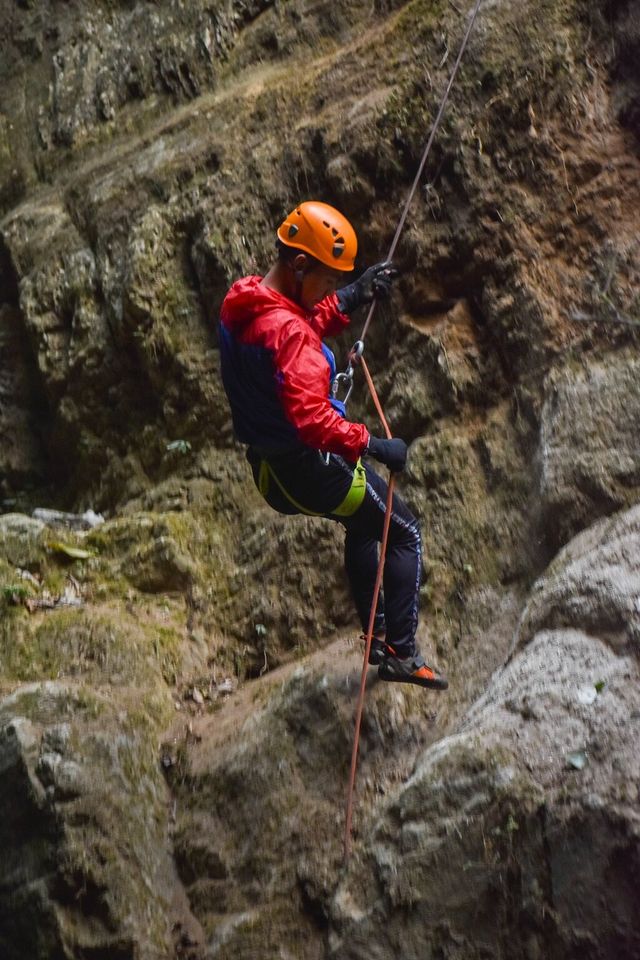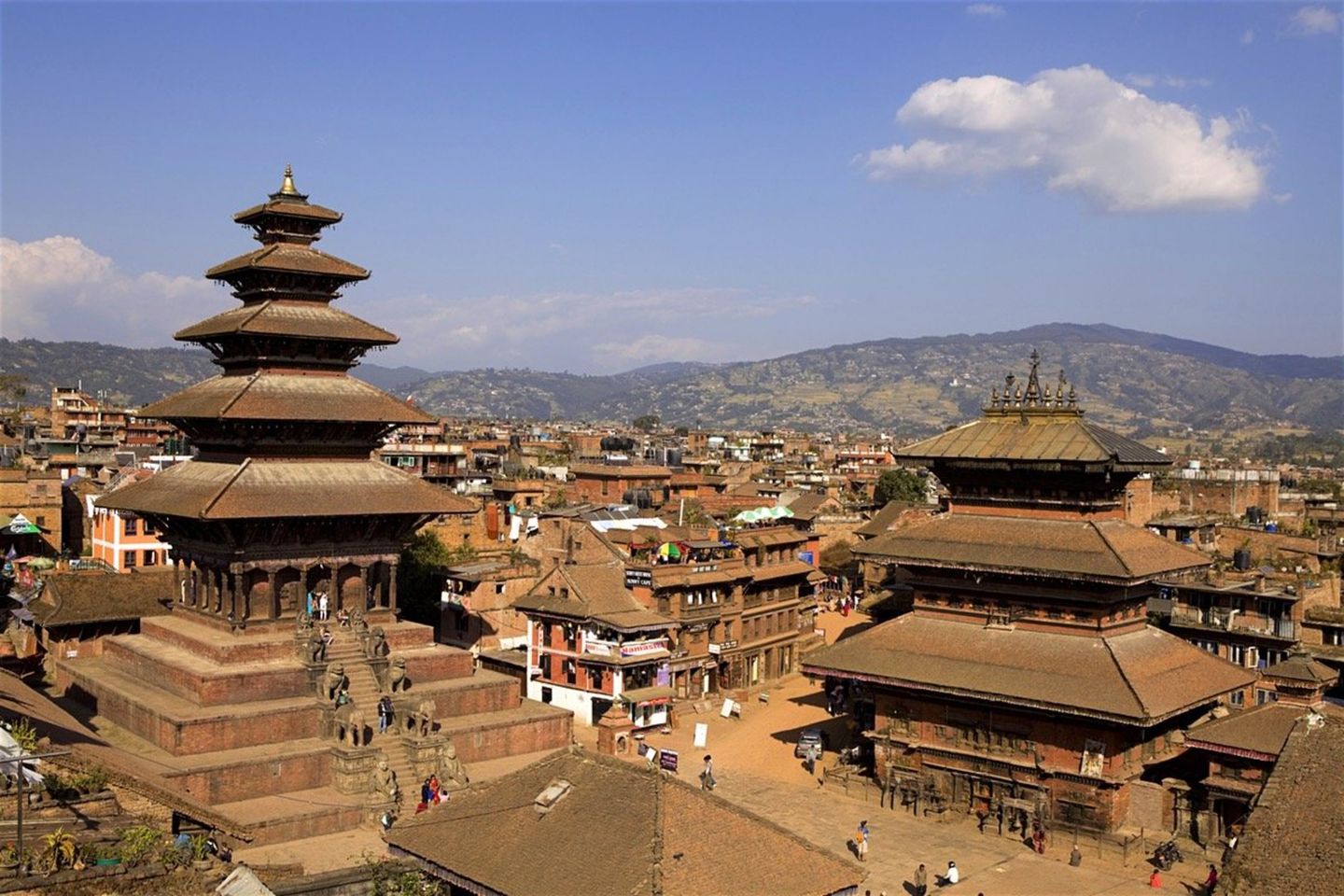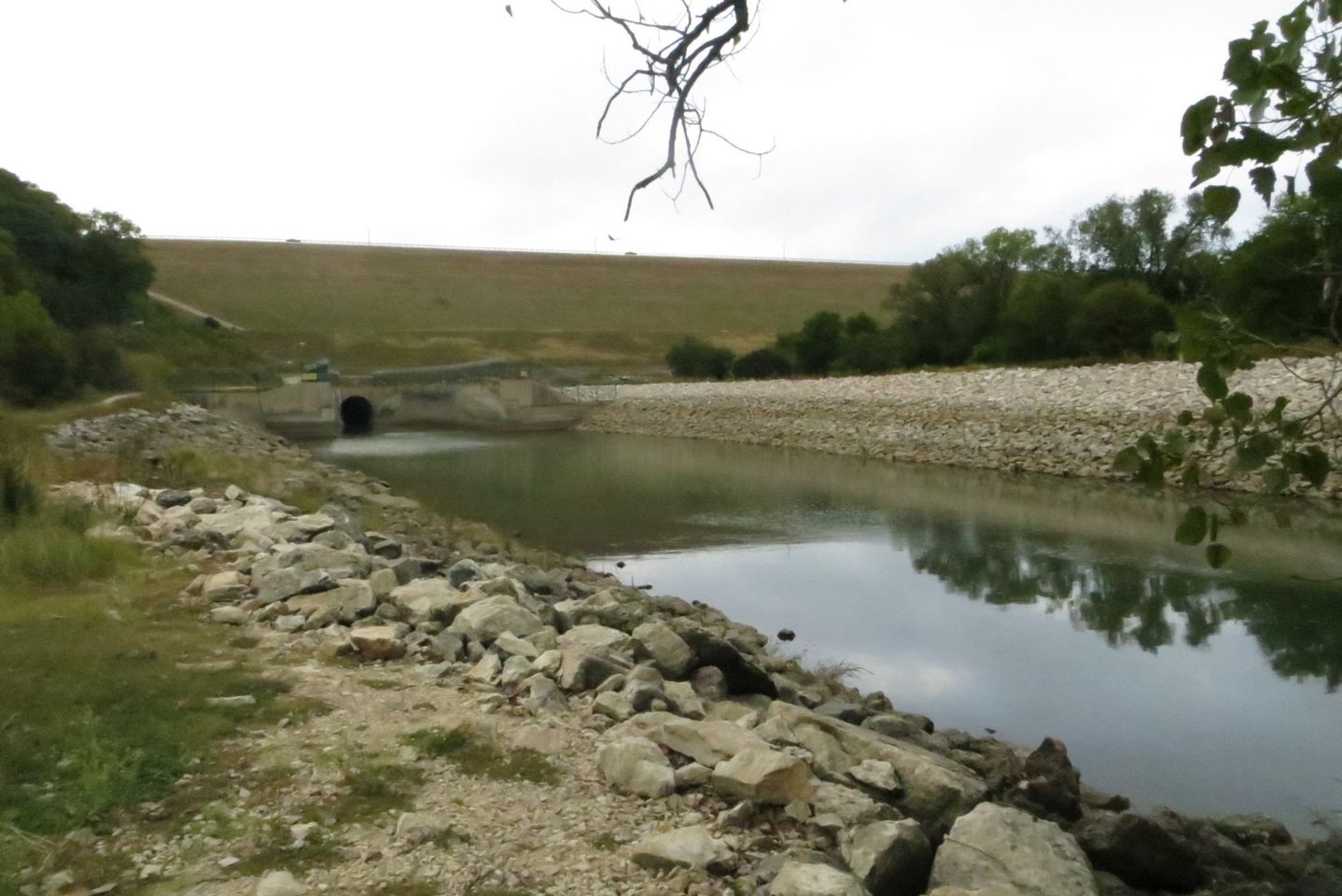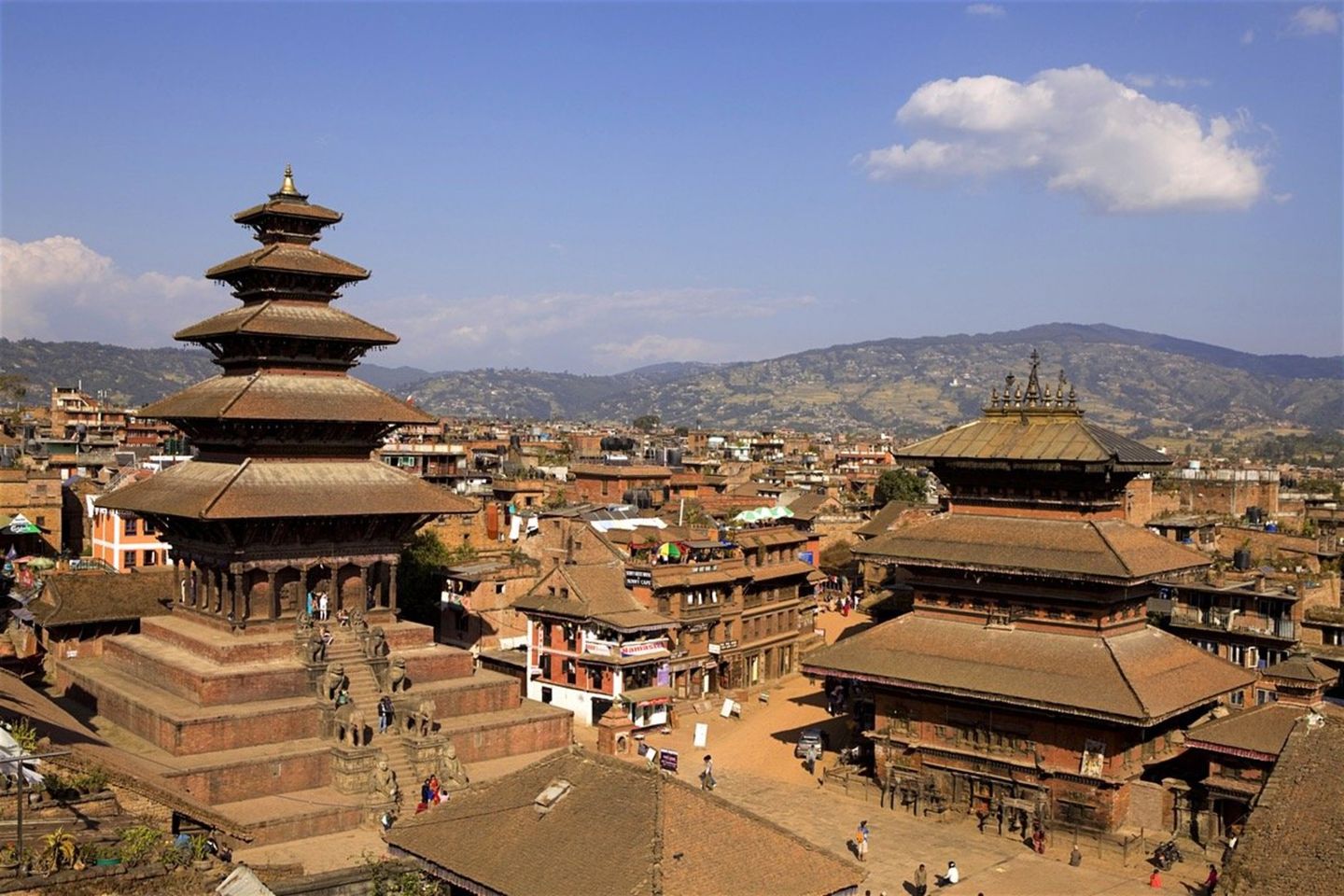Discover the Ancient Beauty of Changu Narayan Temple
Ah, the majestic marvel that is the Changu Narayan Temple in Bhaktapur, Nepal. This ancient Hindu temple, nestled on a hilltop with panoramic views of the Kathmandu Valley, is a testament to the enduring spirituality and rich cultural heritage of the Nepalese people. From its intricately carved stone sculptures to its centuries-old inscriptions, the temple exudes an aura of timelessness and reverence that captivates all who have the privilege of setting foot within its sacred grounds.
As we wander through the temple complex, we are enveloped in a sense of awe and wonder at the exquisite craftsmanship that adorns every nook and cranny. The intricate wood and metalwork, the delicate stone carvings, and the vibrant artwork all speak to the skill and artistry of the ancient Newari artisans who poured their hearts and souls into creating this architectural masterpiece. Each step we take is a step back in time, a journey through centuries of devotion and dedication to the divine.
Moreover, the Changu Narayan Temple stands not only as a symbol of religious significance but also as a living museum of Nepalese history and culture. The inscriptions and sculptures scattered throughout the temple complex tell stories of gods and goddesses, heroes and demons, and the everyday lives of the people who revered this sacred site. It is a treasure trove of mythology and folklore, offering a glimpse into the tapestry of beliefs and traditions that have shaped Nepal’s identity through the ages. Click here to access the complete city guide for Bhaktapur.
History and significance of Changu Narayan Temple
Ah, Changu Narayan Temple in Bhaktapur, Nepal, a site steeped in history and significance that captivates the soul. As we wander through its hallowed grounds, we cannot help but feel the weight of time pressing down upon us, for this temple stands as a testament to the enduring legacy of Nepalese culture and religious devotion. The intricate architecture and ancient stone carvings whisper tales of bygone eras, inviting us to immerse ourselves in the rich tapestry of Nepal’s past.
Here, amidst the tranquil beauty of the temple, we find ourselves entwined with the essence of history, each step carrying us further into a realm where the past converges with the present. It is in this convergence that we discover the profound significance of Changu Narayan, for it serves as a living chronicle of Nepalese craftsmanship, spirituality, and resilience. The temple’s existence transcends mere physical structure; it symbolizes the unwavering spirit of a people deeply connected to their heritage, each weathered stone a testament to their enduring legacy.
Thus, as we stand in awe of Changu Narayan Temple, we become more than mere spectators—we become part of a timeless narrative, one that pulses with the heartbeat of generations past and present. It is a place that beckons us to not only witness history but to become a part of it, to carry its significance within us as we traverse the vicissitudes of our own lives. In Changu Narayan, we find not just a temple, but a profound reflection of the human experience—a reminder that our stories, like those etched in stone, are enduring, meaningful, and deserving of preservation.
Architectural features and artwork of the temple
Ah, the architectural features and artwork of Changu Narayan Temple in Bhaktapur, Nepal. Let us marvel at the intricacy and grandeur of this sacred place. As we meander through the temple complex, our senses are bombarded with a stunning display of craftsmanship and devotion. The temple’s exquisite wood carvings, stone sculptures, and metalwork exude an otherworldly aura, captivating our hearts and minds. Each detail tells a story, each adornment a testament to the transcendent beauty of Nepalese artistry.
The ancient allure of the temple’s architecture reflects the rich cultural tapestry of Nepal. Every nook and cranny whispers tales of myth and legend, as if the very walls are alive with history. The ornate pagoda-style roofs and ornamental pillars transport us to a bygone era, where spirituality and creativity intertwined seamlessly. It’s as if the temple itself is a living, breathing archive of Nepali heritage, inviting us to immerse ourselves in its splendor.
We cannot help but feel a profound sense of reverence for the artistry that adorns Changu Narayan Temple. The skill and passion poured into every sculpted deity, every delicate motif, are a testament to the unwavering dedication of the artisans who brought this masterpiece to life. It is a testament to the human capacity for creation and transcendence, a reminder that beauty and devotion know no bounds. In experiencing the architectural wonders and artistic treasures of Changu Narayan Temple, we are privileged witnesses to a legacy that has withstood the test of time, an eternal testament to the brilliance of Nepalese craftsmanship.
Conservation efforts and current state of the temple
Ladies and gentlemen, let’s take a moment to ponder the state of conservation efforts at the majestic Changu Narayan Temple in Bhaktapur, Nepal. As we meander through the historical corridors of this ancient sanctuary, we cannot help but marvel at the architectural wonders that have withstood the test of time. However, as we cast our discerning gaze upon the temple complex, we are left with a lingering sense of concern regarding the preservation of this cultural gem.
The intricate carvings and ornate details of the temple facade beckon us to delve into the rich tapestry of Nepalese heritage, yet we can’t help but notice the subtle signs of wear and tear that hint at the passage of centuries. It’s apparent that the relentless march of time, coupled with environmental factors, has taken its toll on this revered site. The need for concerted, meticulous conservation efforts is dire if we are to safeguard this invaluable piece of history for generations to come.
While we commend the ongoing preservation initiatives undertaken by local authorities and heritage organizations, we cannot ignore the pressing need for heightened vigilance and comprehensive restoration work. We implore all stakeholders to prioritize the sustained upkeep of Changu Narayan Temple, recognizing its significance as a living testament to Nepal’s cultural legacy. Let us unite in our resolve to ensure that this architectural marvel remains an enduring symbol of our shared human history.
Conclusion
In conclusion, it is undeniable that the Changu Narayan Temple in Bhaktapur, Nepal, stands as a testament to the enduring spiritual and architectural legacy of the region. Its ancient origins and the intricate carvings on its stone walls offer a glimpse into the rich history and cultural significance of Nepalese craftsmanship. As we contemplate the deeply-rooted traditions and beliefs that have shaped the temple’s existence, we cannot help but be awestruck by the timeless beauty and profound symbolism that emanates from every corner of this sacred site.
Furthermore, the Changu Narayan Temple serves as a poignant reminder of the need to uphold and preserve our world’s heritage sites for future generations. It compels us to reflect on the value of cultural preservation and the profound impact it has on our collective understanding of humanity’s past, present, and future. As we marvel at the intricate details and the sheer magnitude of the temple’s historical significance, we are reminded of the imperative to safeguard and cherish these invaluable treasures that bind us to our roots.
In essence, a visit to the Changu Narayan Temple is not merely a journey into the annals of Nepalese history, but a profound spiritual and cultural experience that transcends time and space. It beckons us to immerse ourselves in the enduring traditions and exquisite artistry that have withstood the tests of time. As we bid farewell to this awe-inspiring sanctuary, we carry with us a renewed appreciation for the profound depths of human creativity, devotion, and heritage that continue to enrich our world.





